The B–24 bomber crew of the “Hot Stuff” had a distinguished career and became the first heavy bomber crew to complete 25 missions. But due to several quirks of fate, they are largely forgotten.
They started their career flying in November of 1942 in support of the North African operations. They were organized and deployed hastily which meant they served without a lot of their supplies.
The B-24 Liberator and her crew flew their 25th mission on February 7, 1943, dropping bombs on Naples, Italy. This was several months earlier than the 25th mission of the famed Memphis Belle.
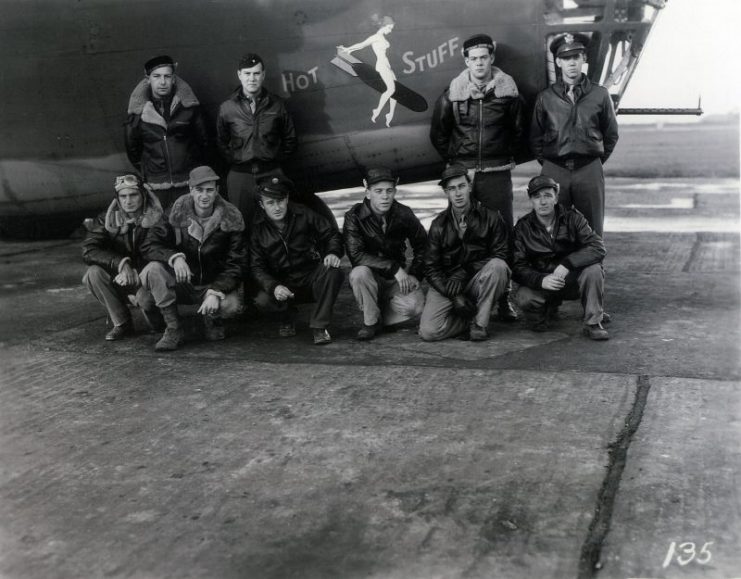
Twenty-five was a very important number for bombing crews. In the first few months of 1942, the bomber casualties were so high that the government expected a plane to complete about 8-12 bombing missions before it was shot down.
Eventually, long-range escorts helped provide cover. The introduction of pressurized compartments made the trip more comfortable and made it easier for the crew to do their jobs.
The government made 25 the target for completing a tour, citing the physical and mental strain on the crew. There were grim early casualties but 25 provided a good goal and light at the end of the tunnel.
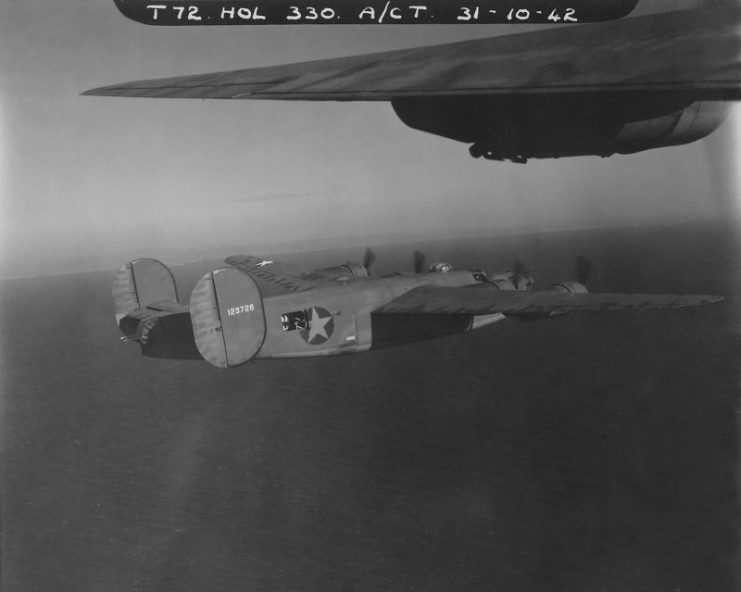
However, the number of missions was hard to track because of rotation, death, injury, illness, leave, and equipment failures leading to spare planes being pressed into service.
A month after the 25th mission, the Hot Stuff had completed a total of 31 missions. Upon returning to England, the crewmembers each received the Distinguished Flying Cross and the Air Medal.
After receiving their medals, they were ready to return home in the spring of 1943 for a morale-boosting publicity tour and to help sell war bonds.
The plane was also chosen to transport Lieutenant General Frank Andrews back to the USA, so many regular members of the crew were bumped to make room for the general and his staff.
Andrews was flying back not only to receive a fourth star but also to be named as Supreme Allied Commander in Europe (although he did not know this).
Unfortunately, he never made it. The B-24 crashed while attempting to refuel in Iceland, killing 13 out of the 14 crew members.
This was a tragically ironic end to the Hot Stuff. It crashed due to inclement weather while flying home, having survived German flak and aircraft fire as well as the depredations in North Africa.
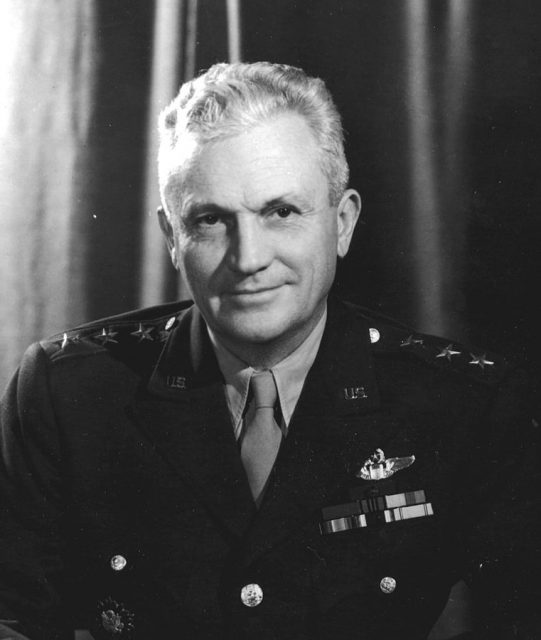
To add insult to injury, they are overshadowed by B-17 Memphis Belle, which is often publicized at the “first” bomber to complete 25 missions with its crew intact. This qualifier implies there were others like the Hot Stuff that had to have replacements.
The public also tends to remember the Memphis Belle because they went on their publicity tour as scheduled. As a result, they have entered the public conscience.
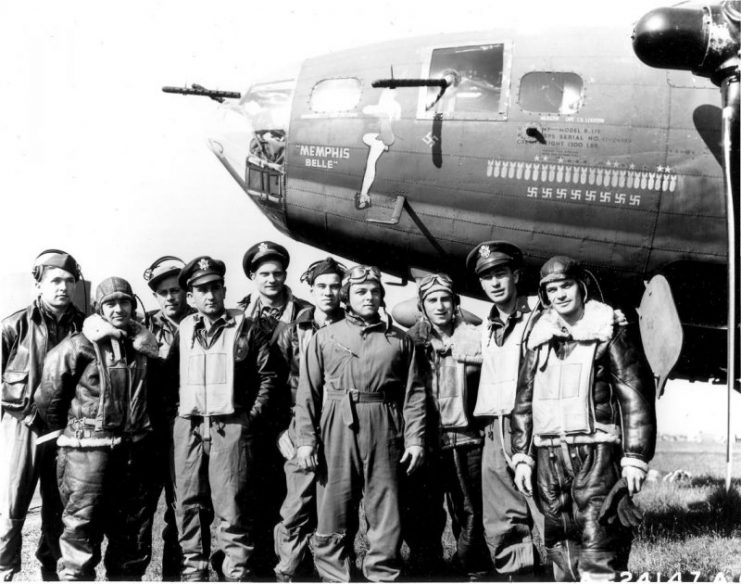
Public memory can be weird like that. For example, there were several people riding around Boston to warn that the British were coming, but Paul Revere is the only one remembered due to a popular poem in the late 19th century.
The Memphis Belle had an almost storybook career, serving two tours and suffering no losses despite often returning riddled with bullets and having almost the entire plane replaced at one time or another due to damage.
Most importantly, they went on their publicity tour, and the Hot Stuff didn’t.
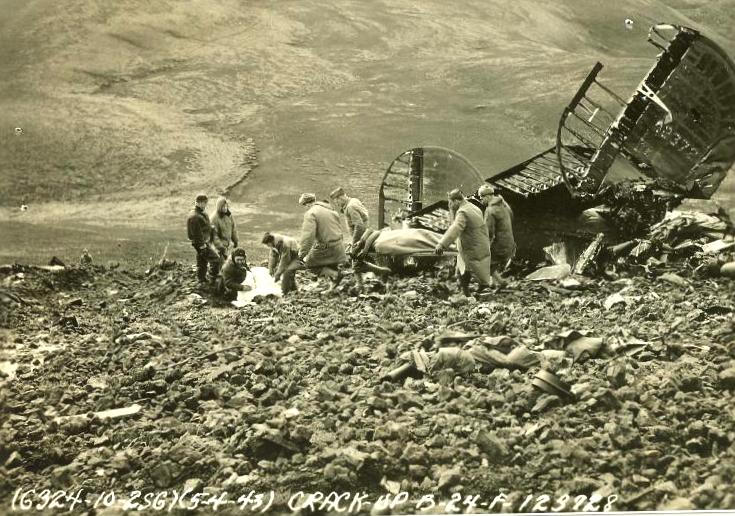
Major Jake Jacobson was bumped from the fatal flight and has been working tirelessly not only to document the Hot Stuff’s place in the history books but also to get a monument erected in Iceland.
Read another story from us: B-24 Liberator in Action – Video and Photos
The National Museum of the US Airforce collected the debris, and they are in discussion with the Smithsonian to place an exhibit there.
Joint Base Andrews in Maryland is named after Lieutenant General Andrews and is where Airforce One lands.
But it will likely be a long time before the Hot Stuff gets the credit it deserves.
